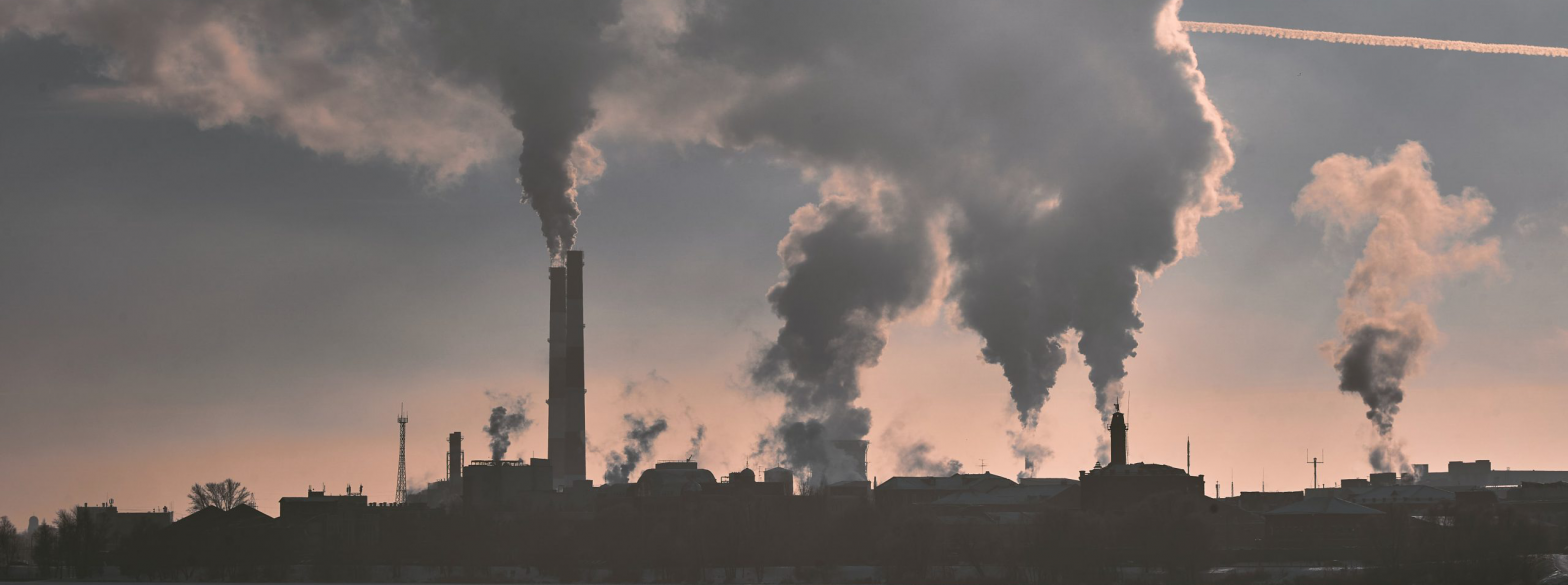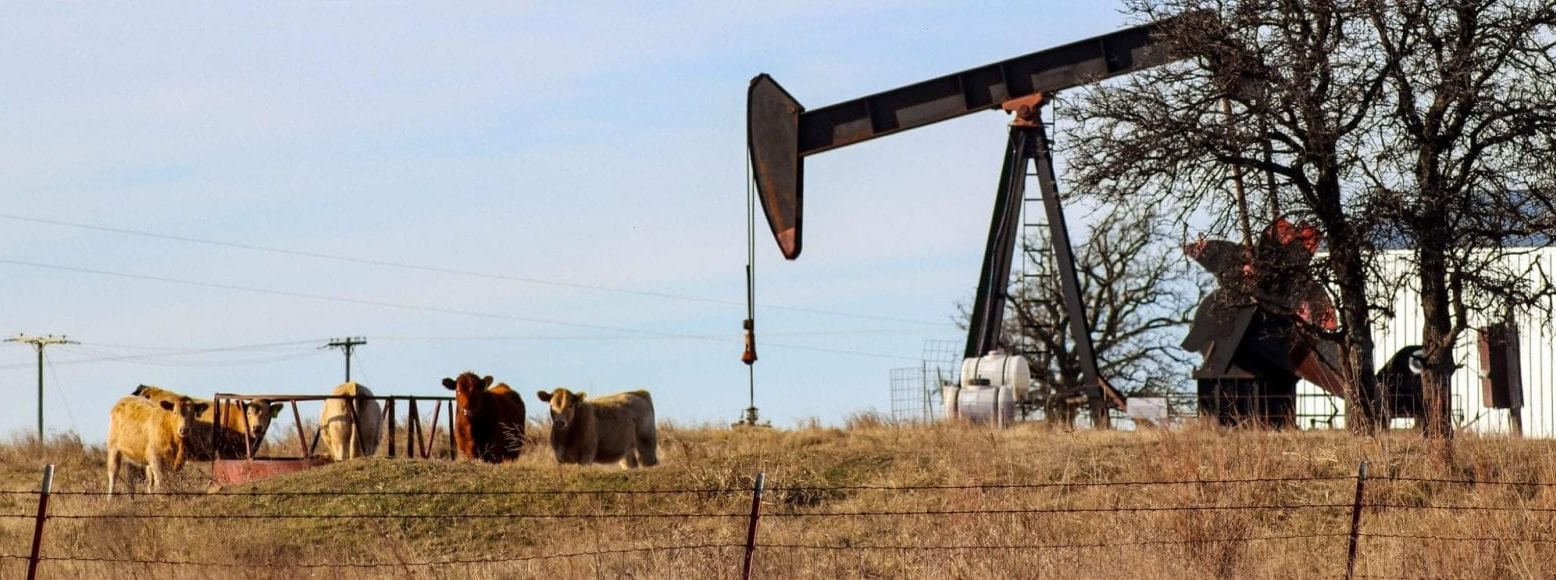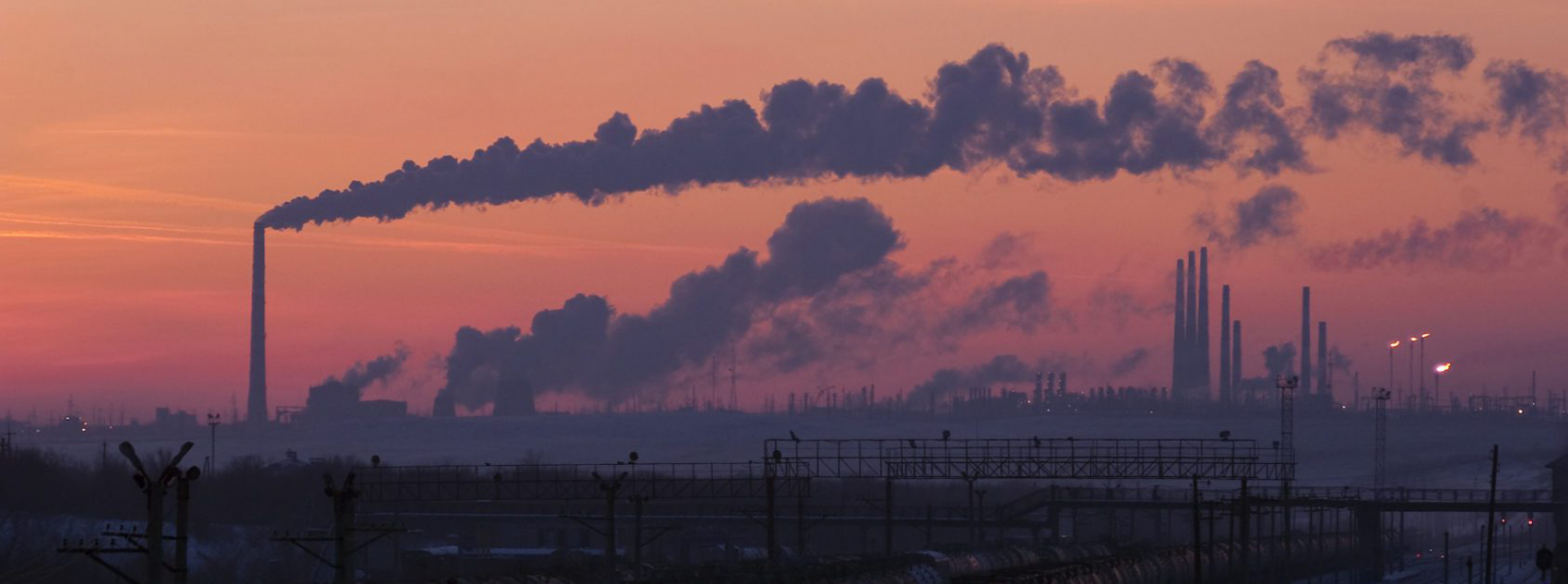The US Senate voted at the end of April to reinstate critical 100 climate regulations removed by President Trump, sending a clear message that the new administration’s goal to reach net-zero is picking up speed. And rightly so.
If we do not halve our annual greenhouse gas emissions by the end of this decade, our 2050 net-zero targets will be out of reach.
Biden’s renewed requirement for oil and gas companies to require improved vapor capture, monitoring and repair, and no bleed equipment installations for certain new facilities, reflects the critical juncture at which we find ourselves in on the journey to net-zero by 2050. And with a new report released last week from the UN on the need for sweeping global cuts in methane emissions, it’s clear that the world is finally waking up to the issue.
Methane, the primary component of natural gas, is a much more powerful pollutant than CO2 and because it only stays in the atmosphere for around a decade is an opportune target for maximising our remaining carbon budget – buying time for other mitigation solutions to come to fruition.
And with oil and natural gas expected to remain a major part of the energy mix through 2030 and beyond, reducing methane emissions from their production is among the most significant actions we can take in the near future to help avoid the worst impacts of climate change.
The International Energy Agency found that 75% of methane gas emissions could be technologically reduced by as early as 2030, with some of this activity even generating revenue through the capture of methane gas leaked during production.
This reduction, which equates to 0.2% methane emissions performance in the global oil and gas sector by 2030, would abate 5.7Gt of CO2e from the atmosphere and get us a huge 17% of the way to halving our global annual GHG emissions – equivalent to taking 1.2 billion polluting cars off the road by 2030. This represents a gigantic contribution, particularly when compared to other high-profile innovations touted as the key to speeding us towards net-zero.
Electric vehicles, for example, are only projected to reduce annual global CO2e emissions by 0.5Gt by 2030 in the very best-case scenario – a mere 1.4% of the 33Gt we need to address.
Against this backdrop, it’s clear that we must focus on reducing methane emissions if we are to get to where we need to be.
Methane emissions have a far greater impact on global warming in the near term than CO2, and despite the cultural focus on reducing global air travel, the yearly impact of methane emitted by the oil and gas sector is equivalent to 8 times all the emissions from the aviation sector worldwide in a normal year.
But there is no reason for methane emissions to be as high as they currently are. The technology exists to solve the problem of methane emissions today – and several markets are already meeting or exceeding their targets, with Norway, the UK and Qatar all at 0.3% methane emissions performance or less.
At MiQ, we understand that we need to bring governments and producers along with us to address the catastrophic effects of climate change, but to be able to do that, we must address a key issue within the system: a lack of transparency and standardisation.
So what does a solution look like? We believe that a rapid reduction in damaging methane emissions needs to begin with an accurate assessment of emissions across the entire natural gas supply chain. By assessing – and certifying – the methane emissions performance of natural gas at an asset level we will sweep away the current opacity within the market, meaning that buyers will be able to understand the true environmental performance of the natural gas they are buying at the point of purchase.
We have already seen great strides made within the sector, most recently with EQT Corporation and Northeast Natural Energy signing up for certification under the standards developed by MiQ. This kind of bold action is what is needed to move the needle on greenhouse gas emissions, improve transparency and differentiate the natural gas market. Thereby, giving buyers the tools to identify low-methane gas and allowing nations across the globe to cut emissions and reach our 2030 and 2050 goals.



